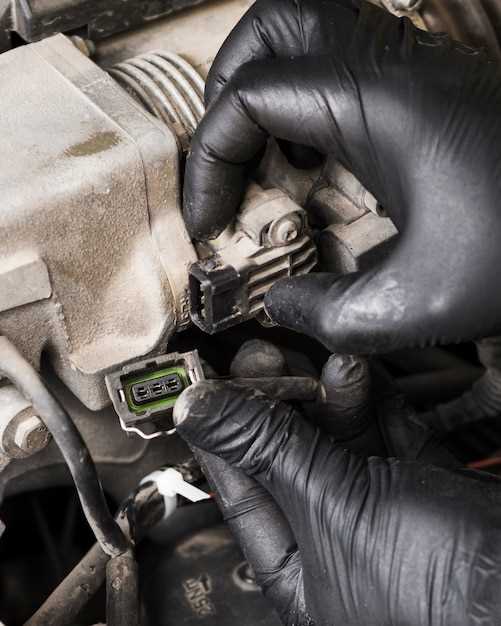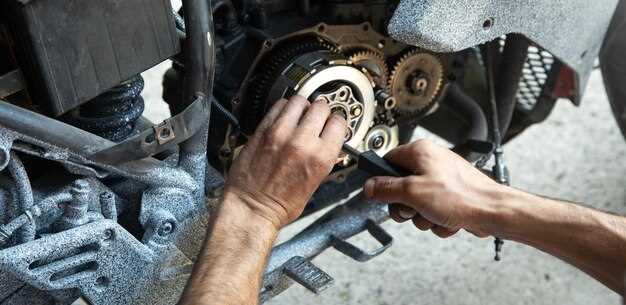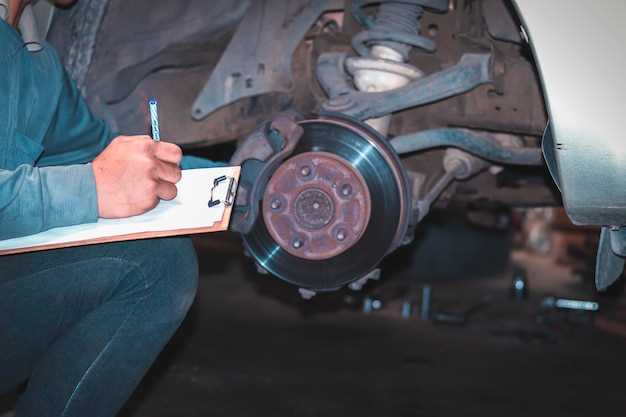

Every vehicle owner knows that regular maintenance is crucial for optimal performance, and the clutch is no exception. As a vital component in manual transmission systems, it plays a significant role in the seamless engagement and disengagement of the engine and the drivetrain. However, like all mechanical parts, clutches are subject to wear over time, and recognizing when it’s time for a replacement can save you from more severe issues down the road.
One of the most glaring signs that your clutch may need replacing is slipping. If you notice that your engine revs higher without a corresponding increase in speed, or if the vehicle hesitates during acceleration, these are indications that your clutch is failing. Slipping can lead to decreased power transfer and can be exacerbated by factors such as heavy towing or frequent stop-and-go driving.
Moreover, unusual noises when changing gears, a spongy or stiff clutch pedal, and difficulty in shifting can also signal that your clutch is nearing the end of its lifespan. Addressing these issues promptly can not only improve your driving experience but also enhance the overall longevity of your vehicle. Understanding these signs allows you to take proactive measures to ensure your car runs smoothly and efficiently.
Identifying Slipping Symptoms in Your Clutch
Recognizing the signs of a slipping clutch is crucial for maintaining your vehicle’s performance and ensuring a safe driving experience. A slipping clutch can lead to more severe damage and costly repairs if not addressed promptly. Here are key symptoms to help you identify clutch slipping:
- Unresponsive Acceleration: When you press the accelerator, the engine revs higher without a corresponding increase in vehicle speed, which indicates that the clutch is not engaging properly.
- Burning Smell: A burning odor, often described as similar to burnt rubber, can indicate that the clutch is overheating due to excessive slippage.
- Difficulty Shifting Gears: If you experience resistance or grinding noises while shifting gears, it may signal that the clutch is slipping and failing to disengage fully.
- Increased Engine RPM: A noticeable rise in engine RPM when the clutch is engaged can suggest slippage, especially during acceleration or when climbing hills.
- Vibrations or Shudders: Unusual vibrations or shuddering while accelerating can be another sign of a slipping clutch, often related to uneven wear.
If you notice any of these symptoms, it is essential to have your clutch inspected by a professional to prevent further damage and ensure optimal vehicle operation.
Understanding Clutch Wear Patterns and Causes

The clutch is a vital component of a vehicle’s transmission system, responsible for engaging and disengaging the engine from the drivetrain. Over time, the wear on the clutch can lead to performance issues, making it crucial to understand how this wear occurs and what causes it.
There are several distinct wear patterns that can indicate potential problems with your clutch. One common pattern is uneven wear, which can manifest as hot spots on the clutch plate. This often results from excessive heat buildup due to slipping or riding the clutch while driving. Another pattern is glazing, where the surface of the clutch disc becomes shiny and smooth, indicative of overheating, often caused by improper adjustment or driving habits.
Additionally, a worn pressure plate can lead to inadequate clamping force, resulting in slippage and further wear over time. Insufficient lubrication in the release mechanism can also contribute to uneven wear, affecting how the clutch engages and disengages. Furthermore, contamination from oil or grease can lead to poor friction performance, accelerating the need for replacement.
Identifying these wear patterns early can help in assessing the overall health of your clutch. Regular maintenance checks and being aware of changes in your vehicle’s response when shifting can provide insight into potential clutch issues. Taking these signs into account can save time and money in the long run, ensuring a smooth driving experience.
When to Seek Professional Help for Clutch Replacement

If you notice that your vehicle is experiencing slipping during gear shifts or if the engine revs higher without a corresponding increase in speed, it’s time to seek professional help. These symptoms indicate that your clutch may be worn out and could lead to further damage if not addressed promptly.
Additionally, if you find it increasingly difficult to engage gears or experience unusual noises when pressing the clutch pedal, these are clear signs of worn components. Delaying maintenance can result in more extensive repairs and higher costs.
Professional mechanics can properly diagnose the condition of your clutch and assess any underlying issues contributing to its decline. They possess the tools and expertise necessary to determine whether a replacement is required or if adjustments can be made to extend the life of your current clutch.
Investing in professional help when you notice these signs ensures both safety and reliability in your vehicle’s performance. Don’t hesitate to consult a specialist if you’re in doubt about the health of your clutch system.







